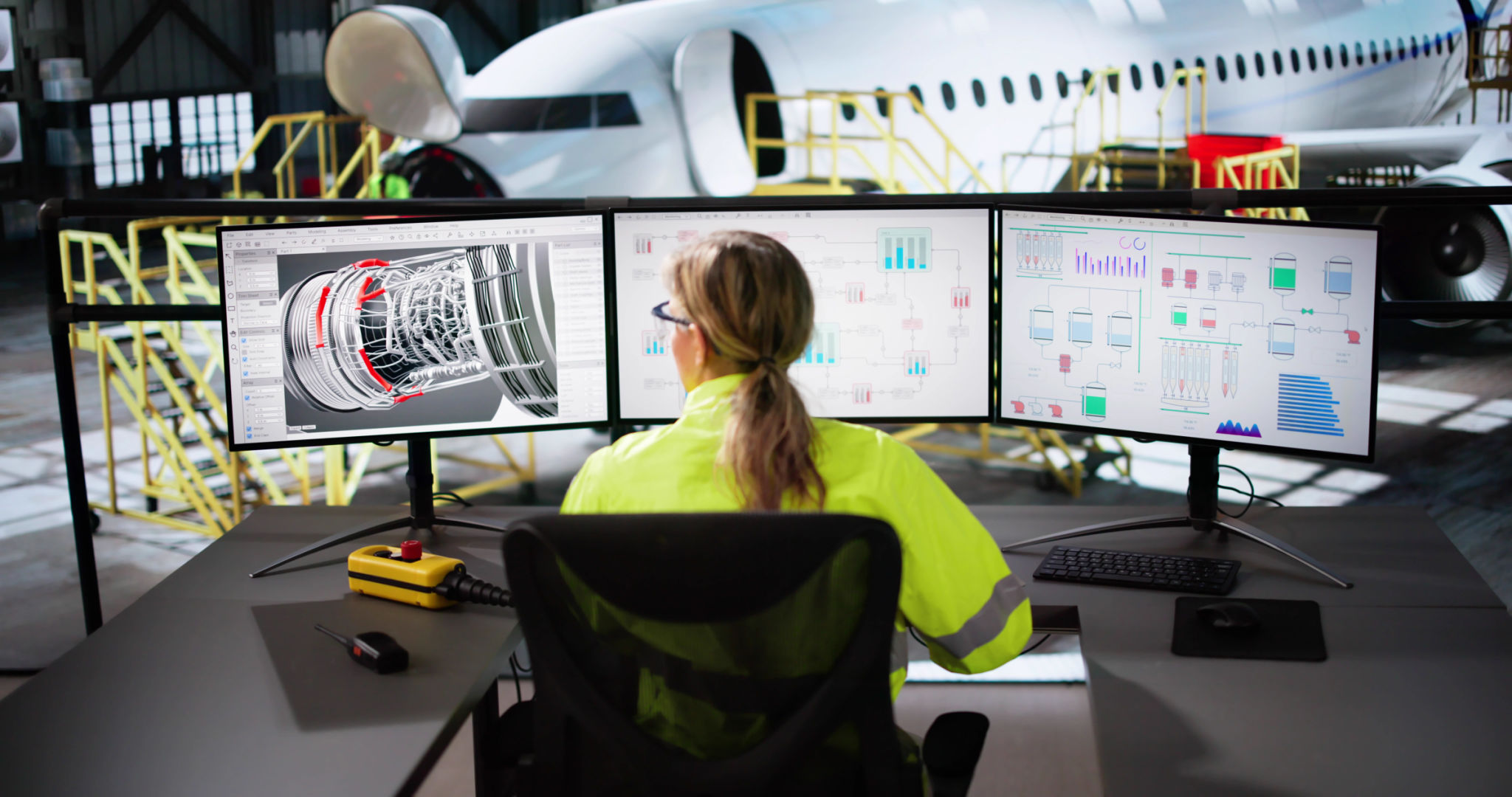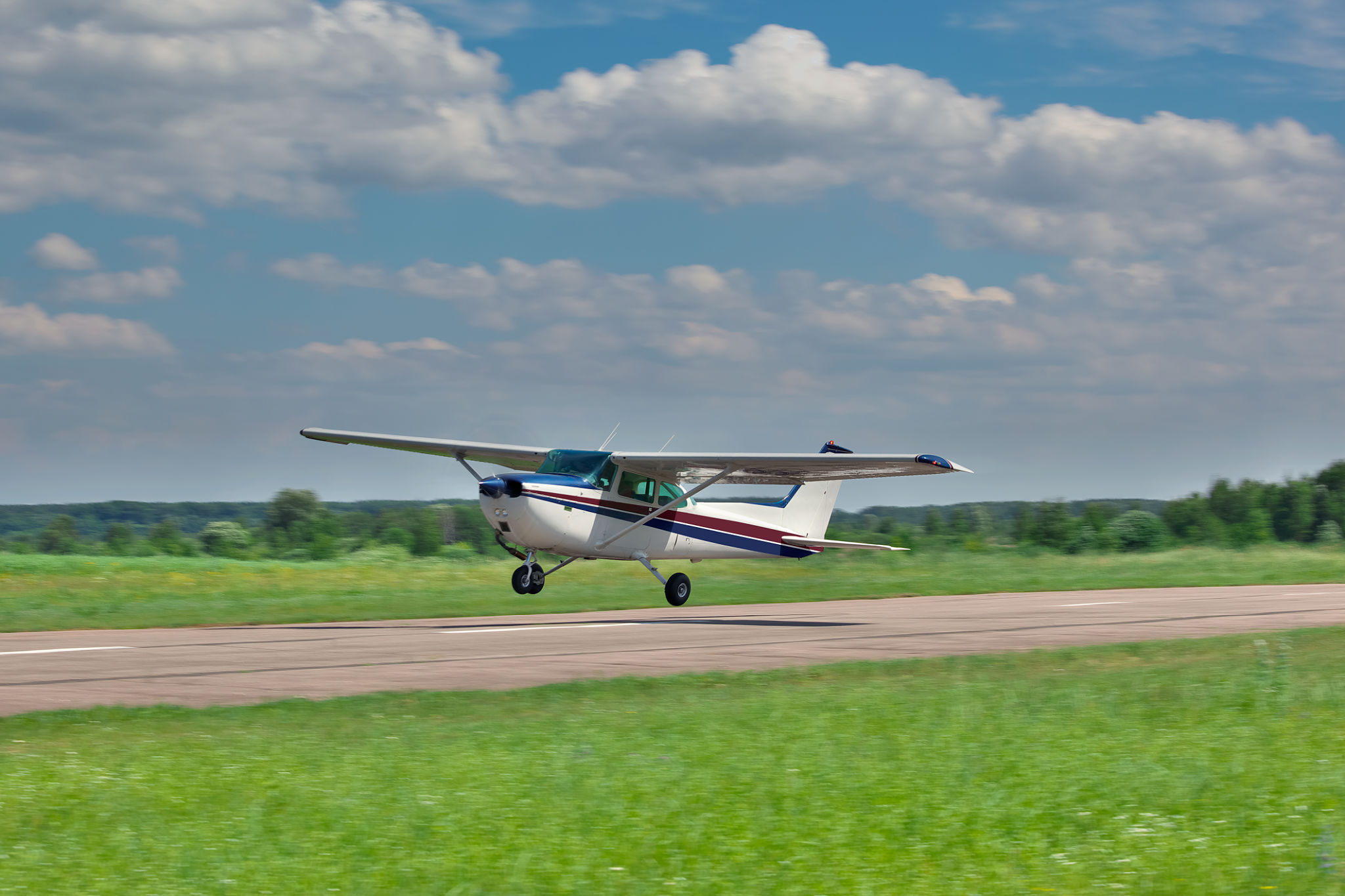Preparing for Seasonal Changes: Aviation Maintenance Tips
Understanding Seasonal Impacts on Aviation
Seasonal changes bring unique challenges to the aviation industry, impacting everything from aircraft performance to maintenance procedures. As temperatures fluctuate and weather conditions vary, it is crucial for aviation professionals to prepare thoroughly. Whether you're dealing with winter's harsh cold or summer's intense heat, understanding these impacts is the first step towards effective maintenance strategies.
Cold weather can lead to issues such as icing on wings and other surfaces, while hot weather can affect engine efficiency and equipment wear. Preparing for these seasonal variations ensures safety, efficiency, and prolonged aircraft lifespan. Being proactive rather than reactive can save time and resources.

Winterization: Preparing for Cold Weather
Winter poses specific challenges for aviation maintenance teams. Ensuring that aircraft are ready to handle freezing temperatures is essential. Here are some tips:
- Inspect and de-ice aircraft surfaces regularly to prevent build-up that can affect aerodynamics.
- Check heating systems to ensure cabins remain comfortable and defrosting systems are operational.
- Use cold-weather fuel additives to prevent fuel from gelling in low temperatures.
Implementing these measures early can prevent last-minute scrambles and ensure your fleet remains operational throughout the winter months.
Tackling Summer Heat
As temperatures rise, different maintenance concerns come into play. High heat can stress various aircraft components, so it's essential to prepare accordingly. Consider the following:
- Regularly inspect cooling systems to prevent overheating.
- Check tire pressure frequently, as heat can cause expansion and increased wear.
- Monitor fluid levels, including oil and hydraulic fluids, as evaporation rates can increase in high heat.

Monitoring Weather Fluctuations
Beyond the extremes of summer and winter, transitional seasons also present unique challenges. Spring and autumn are characterized by frequent weather changes, which can complicate flight operations and maintenance schedules.
It is vital to maintain a robust weather monitoring system to anticipate changes and adjust maintenance schedules accordingly. This proactive approach helps in minimizing disruptions and ensuring that all systems are ready for unexpected weather shifts.
Training and Safety Protocols
A well-prepared team is fundamental to handling seasonal changes efficiently. Regular training sessions on seasonal maintenance practices ensure that all personnel are equipped with the necessary knowledge and skills. Establishing clear safety protocols for different weather conditions also plays a critical role in minimizing risks.

By continuously updating training materials and conducting drills, teams can stay ahead of potential challenges, ensuring that both personnel and aircraft remain safe and operational year-round.
Conclusion: Proactive Maintenance is Key
The key to successful aviation maintenance during seasonal changes lies in proactive planning and consistent execution. By understanding the specific demands of each season and preparing accordingly, aviation professionals can ensure safe, efficient operations no matter the weather. With careful attention to detail and a commitment to best practices, the aviation industry can navigate the challenges of seasonal changes with confidence.
